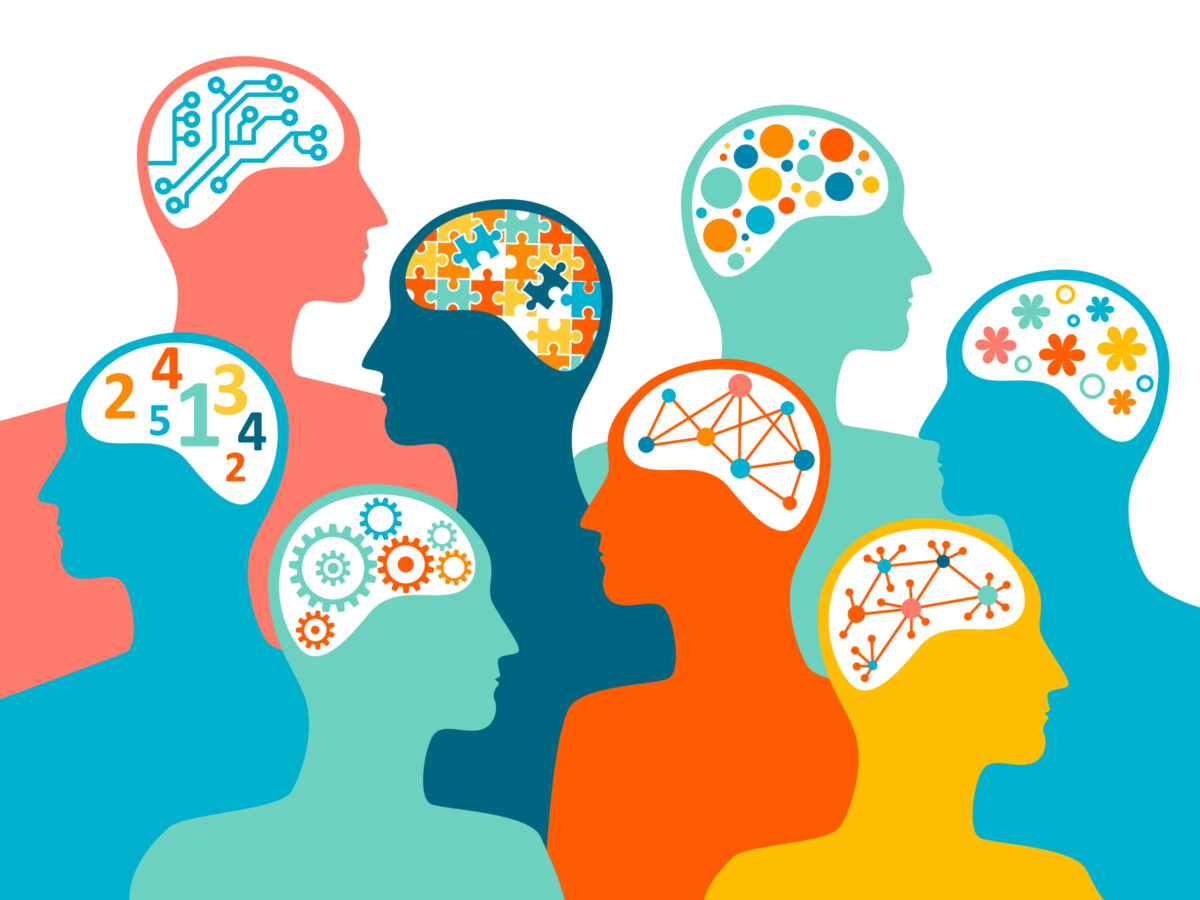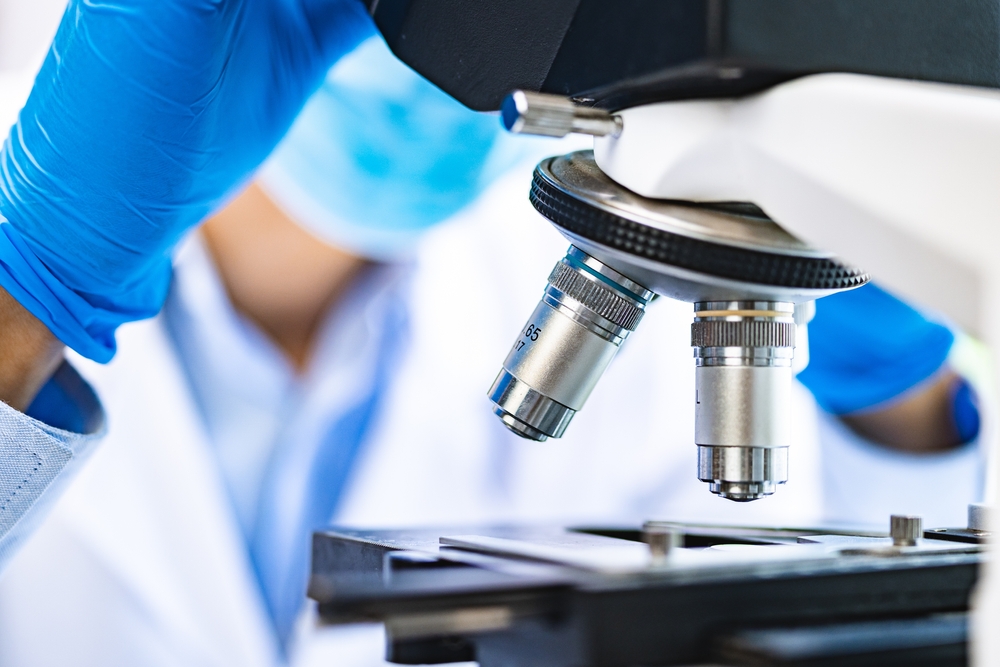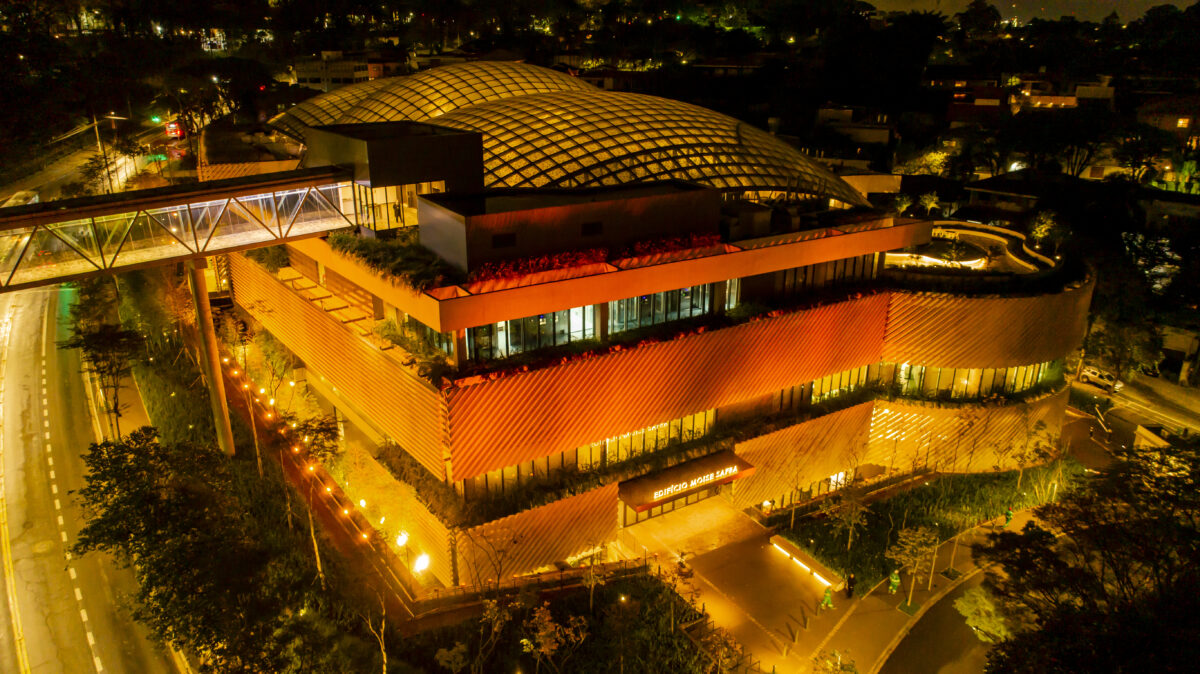 #News
#News
Artificial intelligence could make ASD diagnosis more accurate
Algorithm that identifies brain alterations could increase the accuracy of autism diagnosis
 Image: Shutterstock
Image: Shutterstock
A team of mathematicians, physicists, doctors, and neuroscientists from Brazil and Germany have developed an algorithm capable of estimating the risk of autism spectrum disorder (ASD) based on a map of a person’s neural networks, created using functional magnetic resonance imaging (fMRI).
In the study, which only included “severe” cases, the algorithm identified the brain maps of people with ASD with 99% accuracy, according to an article published in the journal Scientific Reports. The software is still under development and is not expected to replace clinical exams, but it could provide data to help multidisciplinary teams reach a diagnosis.
Autism spectrum disorder is a neurological condition diagnosed on a scale of 1 to 3 based on the level of support the patient requires. The higher the number, the more help the patient needs to perform everyday tasks.
Most experts now use this scale rather than the previous method of classifying cases as mild, moderate, or severe, based on the guidelines of the American Psychiatric Association’s 2013 revision of the Diagnostic and Statistical Manual of Mental Disorders (DSM-5) and the 2022 version of the World Health Organization’s International Classification of Diseases (ICD-11). The data used by the researchers preceded these changes, so the terminology used in the study still reflects the previous ASD classification system.
“One of the main benefits of the algorithm will be preventing the misdiagnosis of disorders with similar symptoms to autism, such as attention deficit hyperactivity disorder (ADHD), oppositional defiant disorder (ODD), and social anxiety disorder (SAD),” physicist Francisco Aparecido Rodrigues of the University of São Paulo (USP) explained to Science Arena.
The diagnosis of ASD is based on a subjective assessment and there is no test capable of providing an accurate result.
The algorithm was developed using data from 500 patients aged 7 to 64. The data was extracted from the Autism Brain Imaging Data Exchange (ABIDE), an open-access database of fMRI images and other information about patients with severe autism.
The first step was to transform the images—which highlight the regions of the brain with the greatest activity over time—into neural network maps.
To do this, the researchers selected 122 regions of interest in the brain. When an fMRI image showed that activity in two of these regions spiked at the same time, the team inferred that these two spots were communicating with one another. They were thus able to connect all the points, forming a complex network like a set of roads or the internet.
Feeding the algorithm
Next, the scientists trained the algorithm with the brain maps—242 from people with ASD and 258 without—and it automatically looked for patterns that identified the brains of people with autism, part of a process known as machine learning.
“After initial training, we tested the algorithm with data from patients that were not used in the training process, and it made a correct diagnosis in most cases,” says USP physicist Caroline Lourenço Alves.
“The neural network of an autistic person has a different pattern of connections than a person without the disorder,” explains neurologist Patricia Maria de Carvalho Aguiar, a researcher at Hospital Israelita Albert Einstein.
According to Aguiar, some areas are hyperconnected and others have weaker connections, altering the flow of information. She helped interpret the fMRI images that were analyzed by the algorithm, determining whether the diagnoses were compatible with the alterations shown in the images.
“The main difference with the software is that it explains the result, identifying the alterations in the neural network that led to the diagnosis,” highlights João Paulo Papa, a computer scientist from São Paulo State University (UNESP), who did not participate in the study.
Papa explains that most AI tools work like a “black box,” providing a result without any explanation of how it was obtained. “A diagnosis without justification has little clinical value,” he points out.
The data presented in the article showed that some of the most commonly altered connections in the sample involved the cerebellum—the posterior region of the brain responsible for motor control. For example, the researchers noted a weaker connection between this region and the visual cortex, which processes vision, and with the limbic system, which is involved in emotional response and behavior control.
“We now know that the cerebellum plays an important role in cognition and visual processing, which are often affected in autism,” explains Patricia Aguiar, from Einstein.
Changes in the prefrontal cortex that are typical of autism and affect executive functions, such as organization and planning, were not observed in the sample. “This may be because the cases of autism were severe and highly varied, with different comorbidities,” says Aguiar.
The Einstein neurologist emphasizes that it will be important to repeat the study with patients without comorbidities, to better understand how these regions affect autism.
Diagnostic aid
Aguiar does not believe that this type of software will replace clinical assessment, which she says is more refined than mathematical models. “But neural network models could help understand the flow of information in the autistic brain, serving as a basis for therapies that help modify this flow,” she says.
The main limitation of the tool is that it has not been tested with “mild” cases, which are generally the most difficult to diagnose. “We still need to test the algorithm in larger populations and with people from different regions, including mild cases,” says Aguiar.
The algorithm can be run on standard computers by simply installing the program and providing the fMRI images. Collecting the data to train it, however, can be more difficult.
“Data obtained by fMRI are very sensitive. Any movement by the patient can completely alter the result of the exam,” points out Francisco Rodrigues, from USP. “The person needs to remain absolutely still, in an environment where there is no noise or movement.”
The researcher stresses that several more years are needed to perfect the data collection technique.
*
This article may be republished online under the CC-BY-NC-ND Creative Commons license.
The text must not be edited and the author(s) and source (Science Arena) must be credited.


